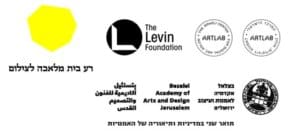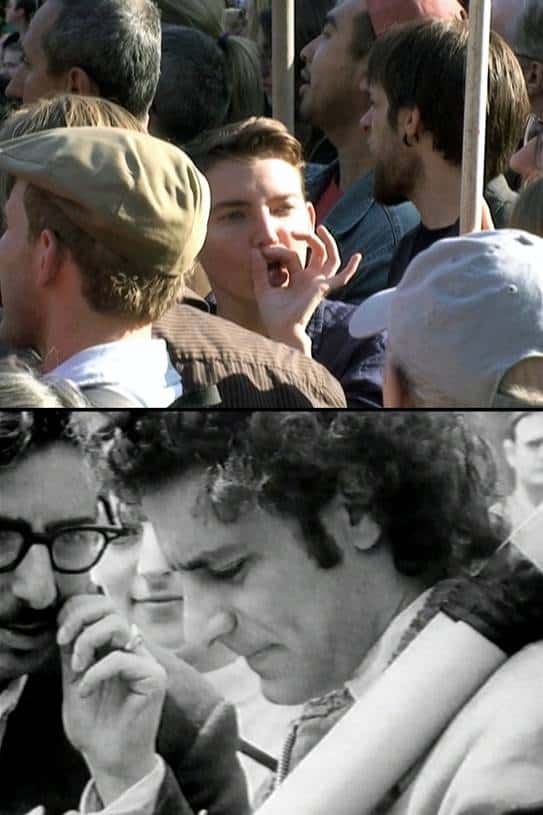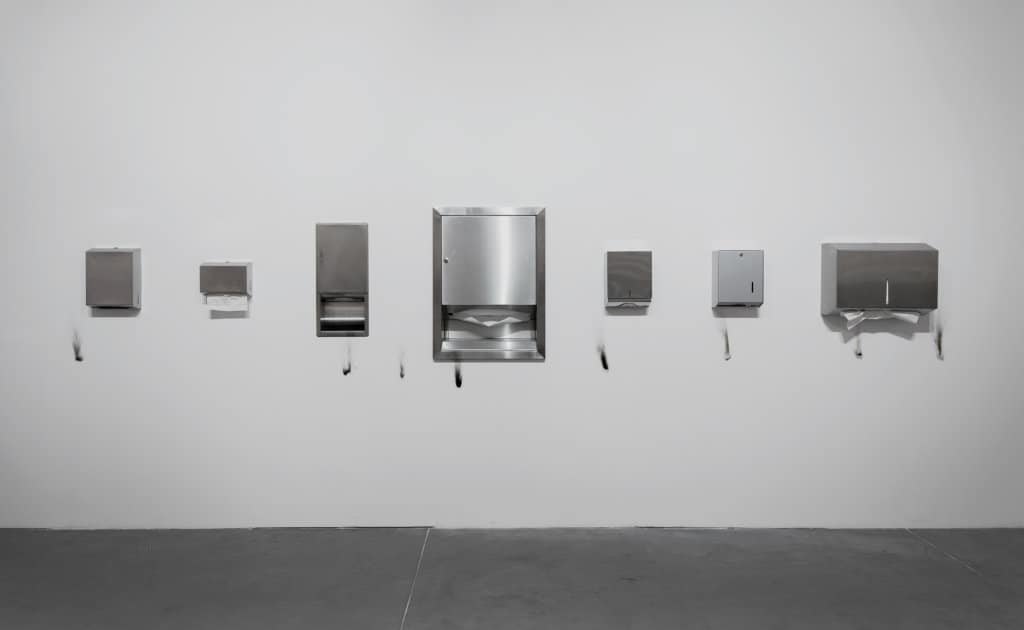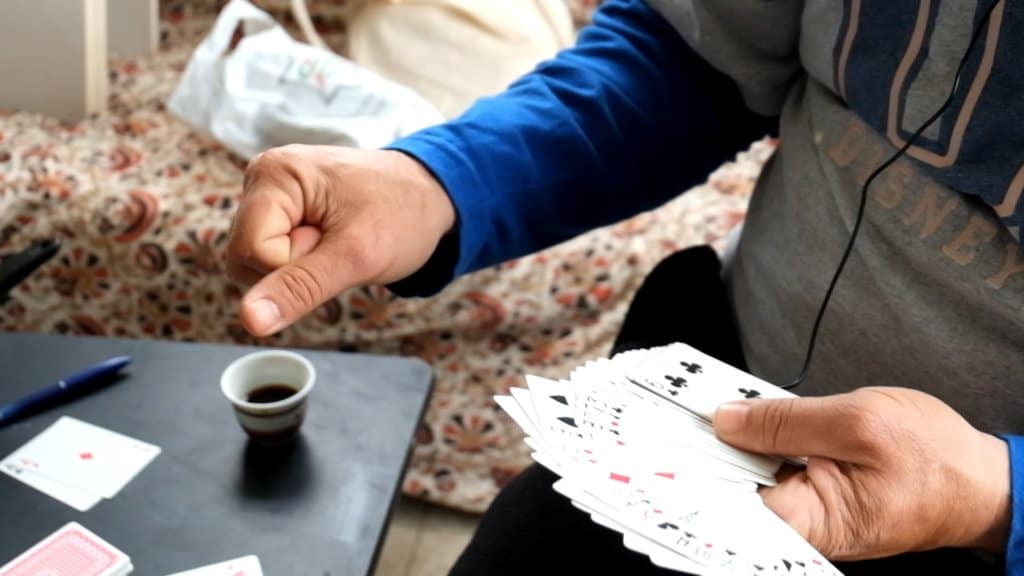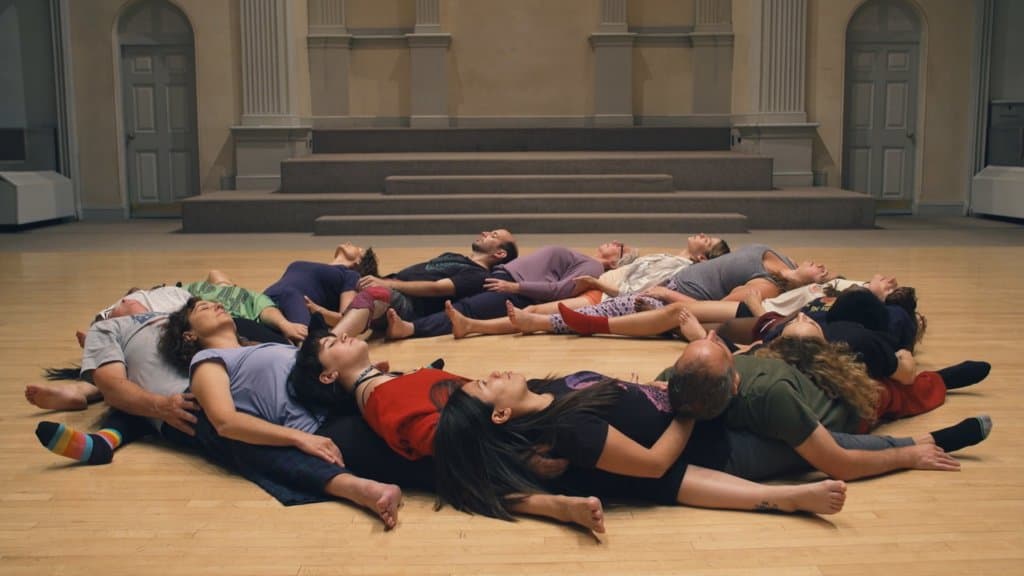Sick Fireflies and Lightnings in Jars
Curator: Noam Segal
01/08/2019 -
28/12/2019
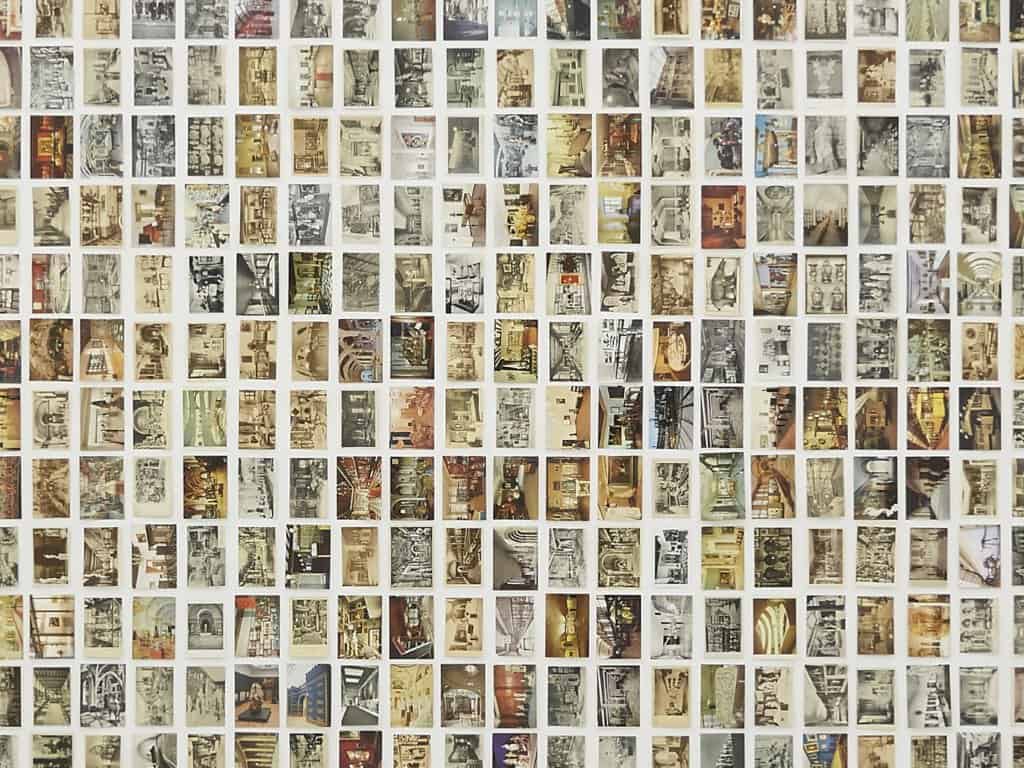
“If I could store lightnings in jars, I’d give them to sick fireflies to light their way.”
this quotation by an anonymous Internet poet, captures the spirit of
the exhibition: the ability to observe a small collection, at times
esoteric or eclectic, and gain a wealth of insights that arise from that
concentrated multiplicity. The range of gazes and angles emerging from
the random collections featured in the exhibition allows observation of
common spheres of life, thereby exposing something about the modes of
hierarchy-making and evaluation structuring our gaze. Just as a sick
firefly may regain its glow, so a captive gaze, automatic judgment, or a
prejudice may dissolve as it is exposed to the diverse possibilities
embodied in multiplicity.
Collections, clusters, corpuses usually comprise a group of objects of
one kind: a bunch of lightnings, a box of spinning tops, a notebook of
dreams. The clusters in the exhibition, however, do not inquire about
collecting as such; rather, they are interested in the outlooks
resulting from their juxtaposed display and the stratified, multiple
gaze they generate.
Collections are not archives. They do not seek exclusivity, or present
themselves as the voice of truth. They are not authoritative, but rather
open and flexible. Some may be regarded as corpora—a word which seeks a
physical context (corpus) for a given cluster of things. The corpus
absorbs a measure of plasticity by virtue of its existence as a human
testimony, rather than a field of knowledge that claims objectivity.
The small, unique collections showcased in the current exhibition
introduce a multiplicity of perspectives to the spectator which span
diverse fields: different perceptions of time in artworks suggest the
possibility of an alternative temporality; processes of political
imagination make it possible to contemplate alternative social
structures; shattering ethnographic display conventions challenges the
attribution of fixed functions to given objects or ethnic groups; and
deviation from fixations of self-perception paves the way to imagine
possible futures, whether private or collective.
The exhibition also conceals lightning in a jar, hosting “G/host”—an
exhibition within an exhibition which presents ghosts of Israeli
artworks from the 1970s. MFA students at the Bezalel Academy of Arts and
Design created tributary works inspired by works from the Levin
Collection of Israeli Art, and various writers responded to these pieces
with accompanying texts. The result is a presentation of a collection
of Israeli art through its non-presentation
The works are courtesy of the artists, unless indicated otherwise.


